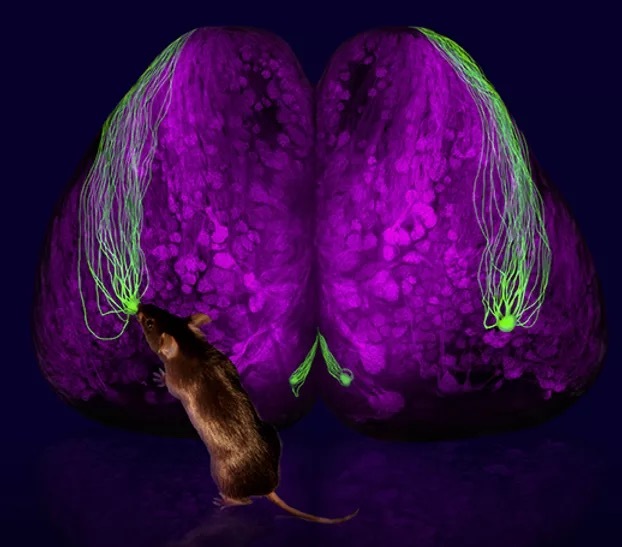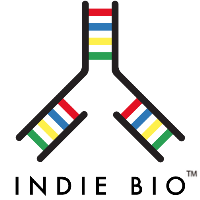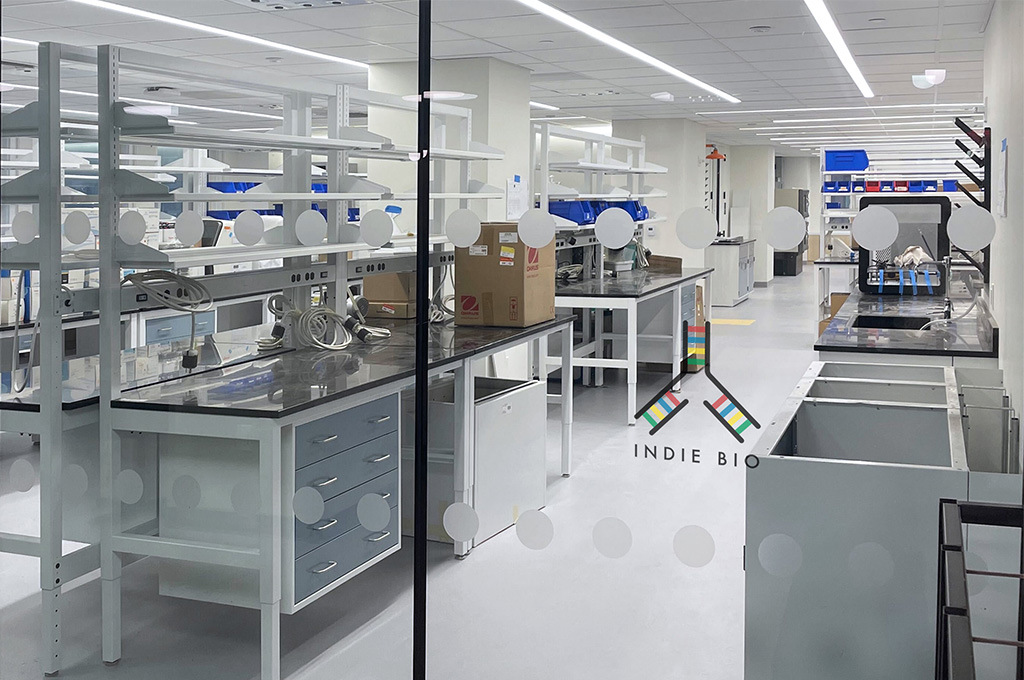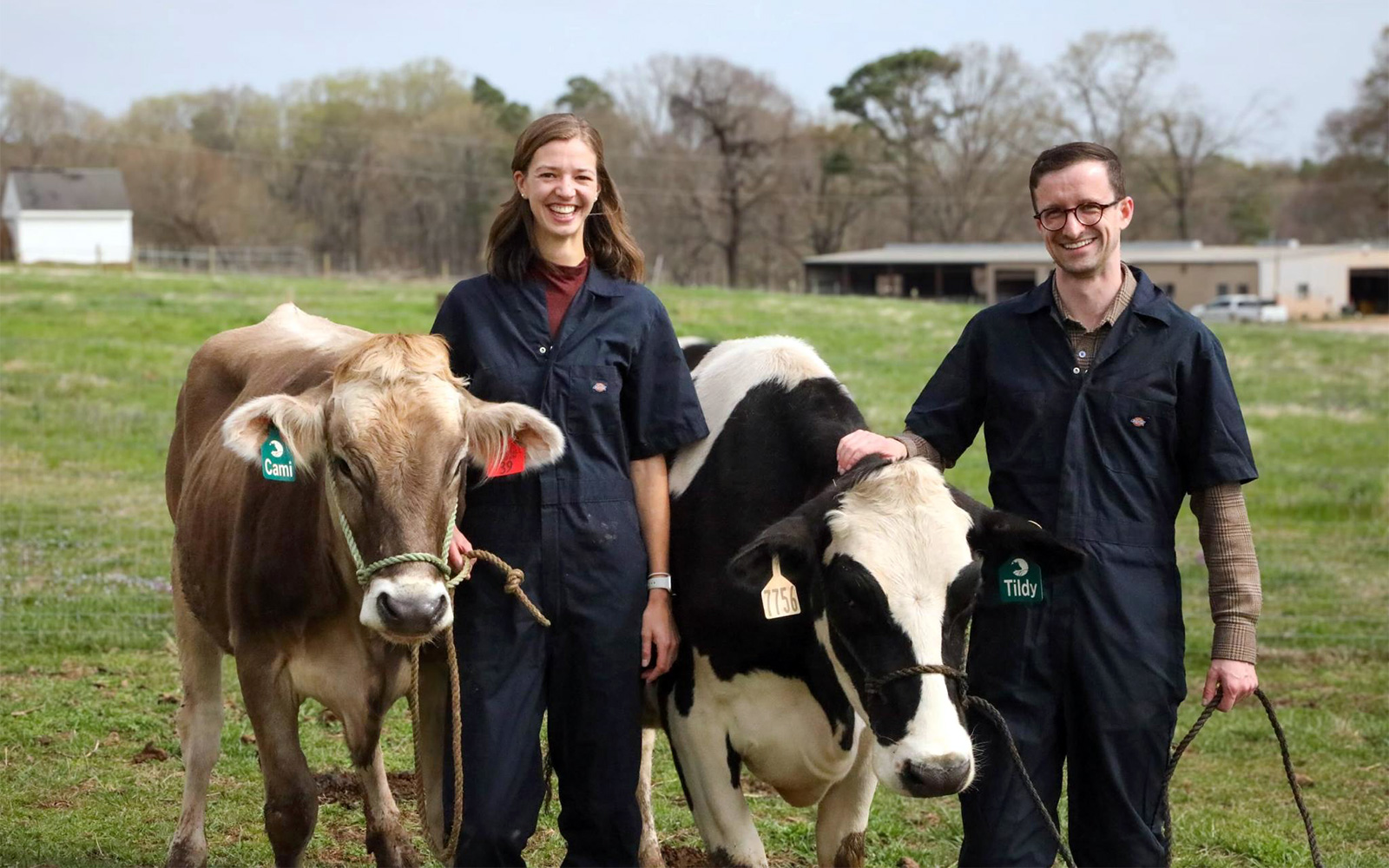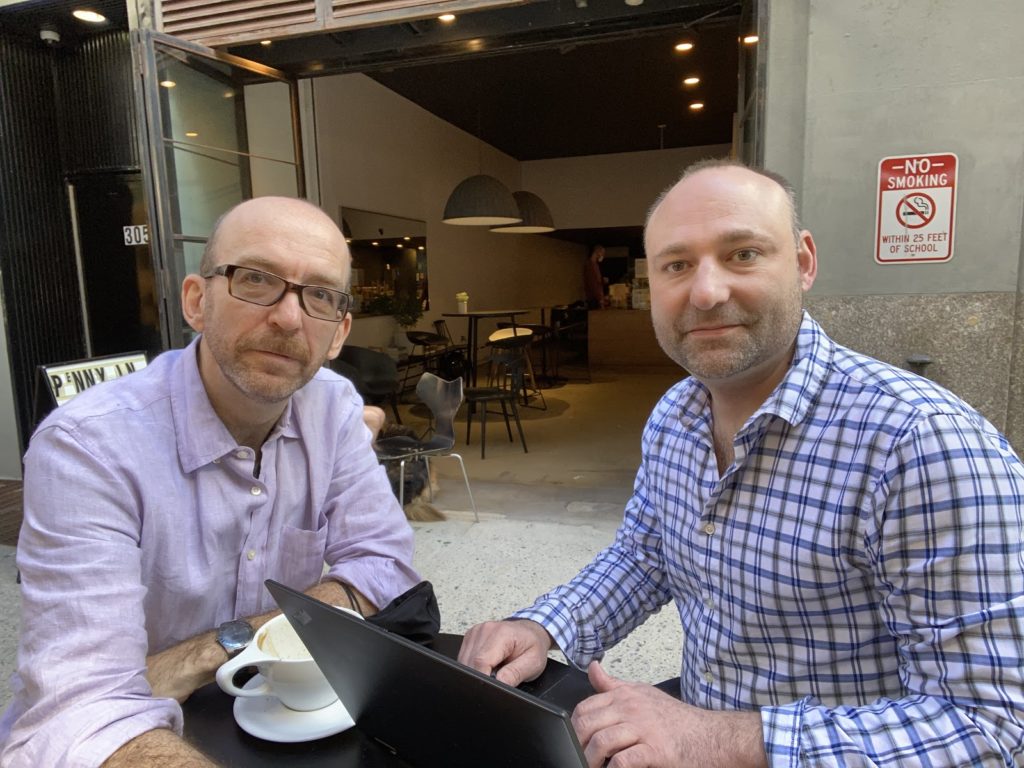
Canaery leverages the animal kingdom’s superior sense of smell to detect and digitize the world of scent.
A dog’s nose is a smelling machine. From cancer to covid to cocaine to citrus greening, no other chemical sensor on the planet can smell and sort through the billions of environmental compounds like an animal’s olfactory bulb. Today the only way to know what a dog or rodent is smelling is to interpret its trained behavior. Canaery has brought us a way to read what the animal is detecting in the world without pre-training it on those compounds. Deciphering the cacophony of scents we encounter daily is a daunting task, but done right you can unlock industries like agriculture, global shipping, and medical diagnostics. Below are excerpts from our conversation with CEO and co-founder, Gabriel Lavella, Ph.D.
Nobody has been close to reproducing an animal’s sense of smell in terms of range and sensitivity. Until now.
CEO, Gabriel Lavella
During IndieBio, Canaery designed and built a prototype neurotech device to digitize the sense of scent. What is so hard about digitizing olfaction and why you are different?
We have sensors that are spectacular at digitizing all human senses except scent. The reason for this is clear; it has been a daunting task to reproduce the animal sense of smell. In fact engineers and scientists have been working on it for decades. It’s relatively easy to make a sensor that detects one type of molecule, for instance a CO2 detector. However, scents are often complex mixtures. The nose detects billions of different scents and does this using a complex set of receptors and machinery for introducing and rapidly removing the scent molecules. Canaery didn’t recreate that feat of nature but instead we use it. That’s what makes us different, we use a sensor already perfected over millions of years of evolution.
Canaery’s neural interface is smaller than a penny and thinner than tissue paper!
Tell us about your team and what led you to your major breakthrough?
Back in 2019, I jumped on a plane and flew to Trieste, Italy from my home in Barcelona. Dima [Rinberg, CSO and co-founder] was coming out from NYU to a conference on chemical senses, a couple years earlier he had made the first major breakthroughs on decoding scents using interfaces. It didn’t take long for us to realize we were on the same page. Those fascinating conversations centered on discussing how combining his theories with our efforts in high scale interfaces could produce the ultimate smell sensor.
That combination was the key that unlocked Canaery’s capabilities today. From there we knew the applications and impact were immense.
The world is awash in scents and smells. Can you describe how Canaery keeps us safe and open for business?
Nearly all objects give off a unique scent profile that can be used to identify the underlying object or even the state of that object. Scents are essentially volatile compounds and there is a great diversity of them in air, trillions in fact.
To humans these compounds are often invisible because our noses aren’t trained to smell them. It is unlike our eyes where we can easily recognize and categorize millions of objects. Nevertheless these scents are there and they identify things critical to human health and safety. We don’t want to shut down the economy again when the next pandemic hits, we want to be able to detect and contain it from day one, scent can do that.



